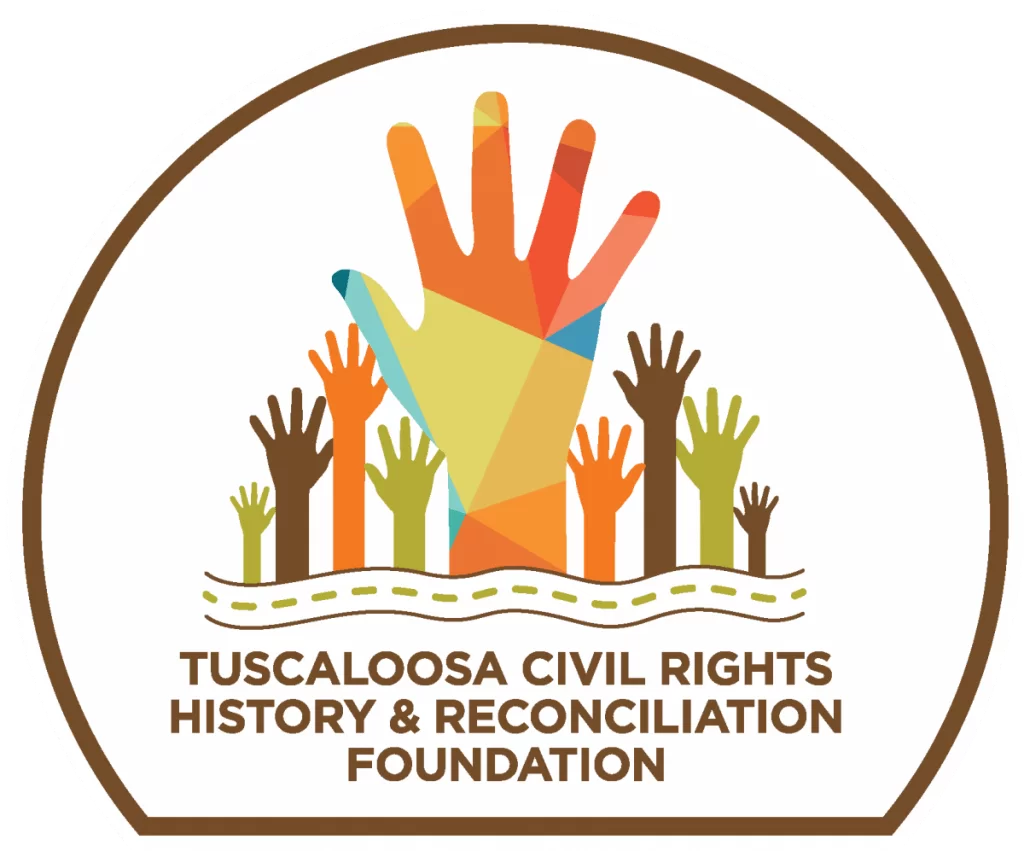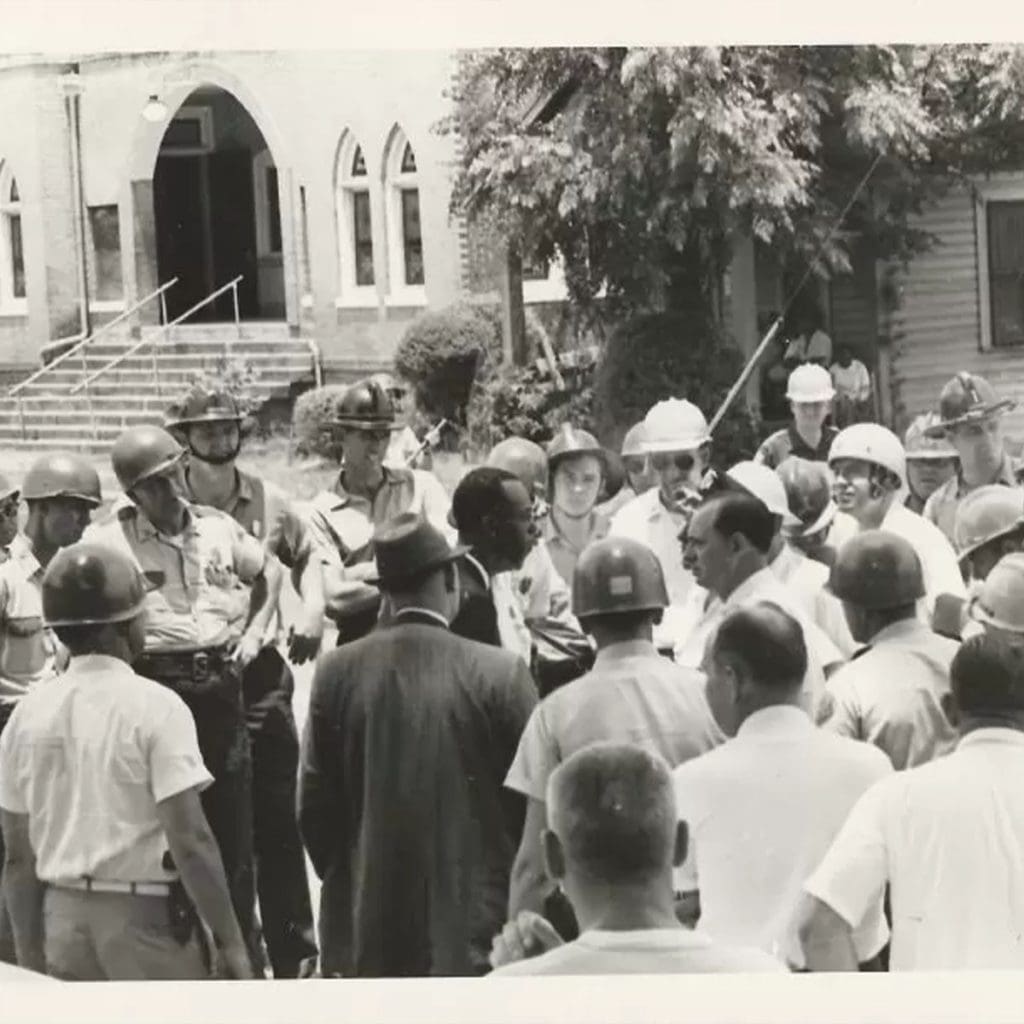Bailey Tabernacle Christian Methodist Episcopal (CME) Church was founded in December of 1870 when the last 45 black members of Tuscaloosa’s First Methodist Church formed their own church. The original church building was designed by the first black architect in Alabama, Wallace A. Rayfield, and was named for Rev. Virgil L. Bailey, one of its early pastors.
Bailey Tabernacle played a crucial role during the fight for civil rights in Tuscaloosa. During the “Bloody Tuesday” incident on June 9, 1964, the sanctuary of First African Baptist Church was damaged by tear gas canisters hurled through the stained glass windows and water from fire hoses shot through the front door. It couId no longer serve as the site for mass meetings of the black community. Bailey Tabernacle temporarily became the new nerve center of the movement.
A mass meeting at the church on June 10, 1964, drew about 350 blacks, including three ministers sent by Rev. Martin Luther King, Jr., to help plan the next stage of the movement: Rev. James Bevel, Rev. Richard Boone, and Rev. Harold Middlebrook. They and local ministers charted strategy and engaged in a dialogue with city officials as they continued the struggle for civil rights. Among the church’s notable pastors was Rev. Dr. Willie Clyde Jones, who served for forty-five years, beginning in 1966, an active voice for civil rights until his death in 2016.


